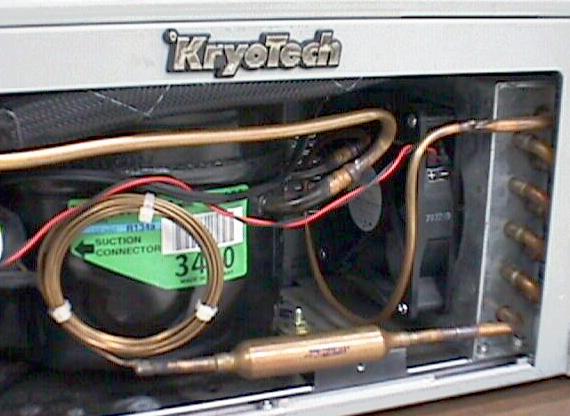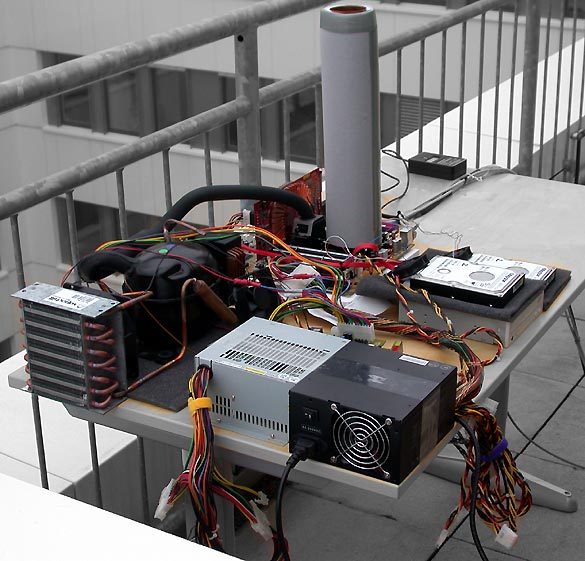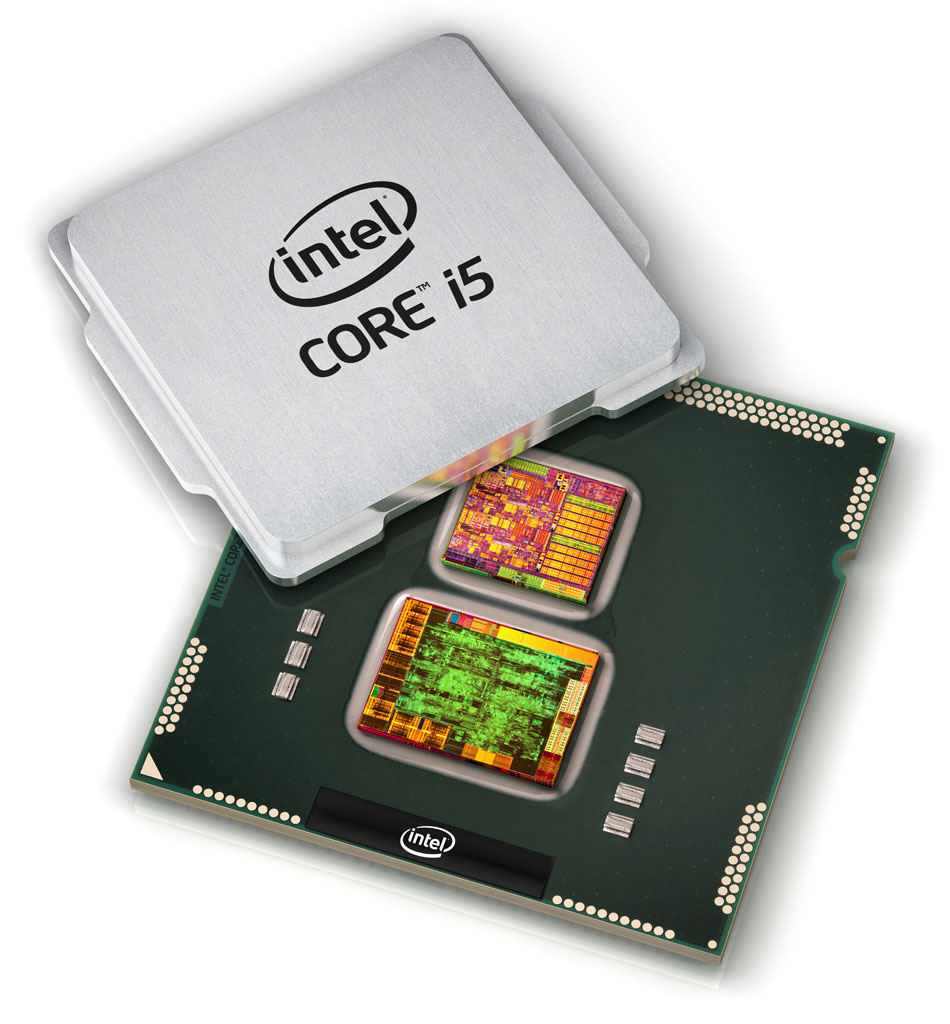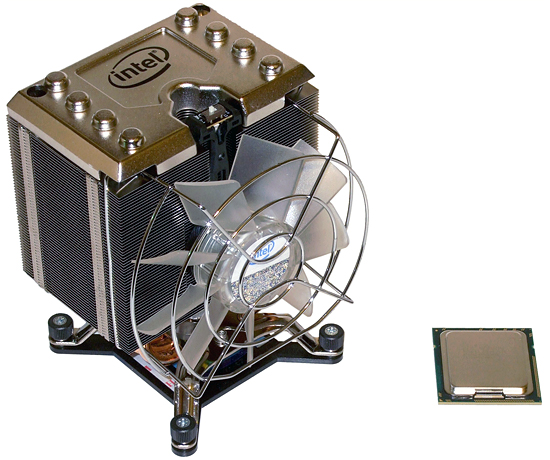The 5 GHz, Six-Core Project: Core i7-980X Gets Chilly
Tom’s Hardware has been ringing the 5 GHz bell for years, yet those efforts have never yielded a practical daily-use solution. Today we take a look at how far off-the-shelf parts can take us with an ambitious 5 GHz, six-core overclocking project.
Cooling Comes Full Circle
Our history with sub-ambient cooling goes back to the early days of this site, with our discussion of Kryotech’s first phase-change cooler in 1997 and our test of the improved version in 1999. Our 618 MHz Celeron quickly gave way to 800 MHz and 900 MHz Athlons, and even more cooling revisions pushed us past the GHz barrier less than a month later.
And then the competition showed up. Before Asetek became the purveyor of low-cost liquid cooling, its VapoChill phase-change system streamlined case and cooling components to a single box that supported processors from both AMD and Intel. By the time Prometeia threw its hat into the ring Kryotech had vanished and we had blown past 3 GHz. A few more improvements got us to 4.1 GHz, but reaching the next level would require a major improvement in either CPU technology or cooling capacity.
Liquid nitrogen cooling on the CPU and a phase-change cooler on the chipset finally allowed us to go beyond 5 GHz six years ago, an effort that inspired competitive overclockers the world over. Of course it wasn’t practical, because there were no practical 5 GHz solutions at that time. It wasn’t until Intel released CPUs on its 32 nm production process that “permanent” cooling solutions began to look viable for achieving these speeds. In fact, Chris Angelini was able to boot at 4.93 GHz using his Core i5-655K on air.
The technology was now in place to forgo temperamental liquid nitrogen cooling in our 5 GHz efforts, yet reaching this speed on a low-cost CPU that was already capable of running stably at 4.6 GHz with air cooling would have appeared trivial. The performance of a 5 GHz dual-core in a world of quad-cores would have been likewise laughable. We needed a properly high-profile, high-tech CPU to make this article worthwhile.
We knew we had a the perfect start for our project when Intel finally released its six-core, twelve-thread Core i7-980X Extreme Edition in March. A cooler with adequate capacity would still be required, and FrozenCPU.com matched us up with the hardware
Get Tom's Hardware's best news and in-depth reviews, straight to your inbox.
-
Crashman tacoslavei thought it would perform much better in games Check this out:Reply
http://www.tomshardware.com/reviews/core-i3-gaming,2588.html
For the CPU to become the choking point, you need the GPU to be extremely powerful. Tom's Hardware formerly used unrealistic tests like Half Life 2 at 640x480 just to prove the CPU performance difference in games, but the fact that nobody used those settings eventually lead to the discontinuation of that testing method. -
noob2222 tacoslavei thought it would perform much better in gamesThere was a thread several months ago comparing the Intel Vs AMD platforms regarding the graphic card bottleneck. Suprising enough Intel cpus capped at a certain overclock where as AMD did not, eventually becoming faster FPS but required a much higher clock speed. It was determined that Intel has a limit on pcie bandwidth. Good luck finidng it, its probably over 6 months old.Reply
back to the arcitle, very interesting, and extremely expensive to even consider doing something like this.
Finally there’s the expense. Our $900 cooler requires around 480W of power in addition to that consumed by the rest of the PC
Add in the cost and time required to set this type of thing up as well as coating the MB ... lol, I don't even want to think about actually trying to go this extreme.
Water is good for me, and if I want extreme, I will wait till winter and throw my radiator out the window while its freezing outside and pump antifreeze through it lol. -
liquidsnake718 zorky9Cooler Master’s reputable CMPSU-850HXDid you mean Corsair?Nope coolmaster has a whole line of PSU's... they are decent and perhaps compareable to Corsair for albeit a slightly lower price point. But Oc'ing to 5.ghz and above is really crazy stuff here. I am actually happy with 3.0 and above already stock but damn, I dont think i would like to tax my system to 5.0 and above, regardless of cooling! It would cost more, but I do see the sport of it and commend those that take time to reach 5.0 and above figures with regular water cooled systems.Reply -
vinehoyle Amusing article. However some correcting is needed. The next to last paragraph states the cooler consumed 480W and the cpu consumes according to ur graphic 220w? My math says 700w JUST for the cooler and cpu. This calls in to question ur power bill figures. It's clearly much greater. I won't even talk about once u add things, though it would have been a good idea to calculate that figure too. Simply to show the madness of this project to ur power bill lol!Reply -
Crashman vinehoyleAmusing article. However some correcting is needed. The next to last paragraph states the cooler consumed 480W and the cpu consumes according to ur graphic 220w? My math says 700w JUST for the cooler and cpu. This calls in to question ur power bill figures. It's clearly much greater. I won't even talk about once u add things, though it would have been a good idea to calculate that figure too. Simply to show the madness of this project to ur power bill lol!The article specifically states that the "added expense" figures are based on the 480W it takes to run the cooler. It assumes you're already planning to use the rest of the system at whatever speed you can get WITHOUT the cooler, and tells you how much MORE it costs to use the cooler. I think its fairly well explained, but feel free to point out any specific spot I missed, thanks!Reply
liquidsnake718Nope coolmaster has a whole line of PSU's... He's right, CMPSU-850HX is a Cosair model. Cooler Master does have some decent 850W power supplies though, I have one sitting in my liquid cooling bench station.
-
Moshu78 I'm sorry but once again, Tom's is testing CPU's while bottlenecking the Video. Can't you guys just use a simple rule like: When you test the CPU, use highest available video power (like Xfire of 5970), and when testing the GPU, use highest available CPU (980X). It's THAT simple. The 3D benchmarks are meaningless, waste of time AND money AND information. I predicted those graphs in the moment I saw you used a 5850 for the tests.Reply




